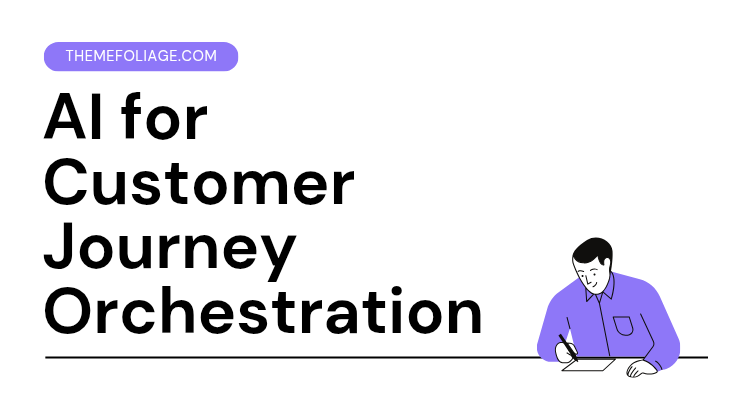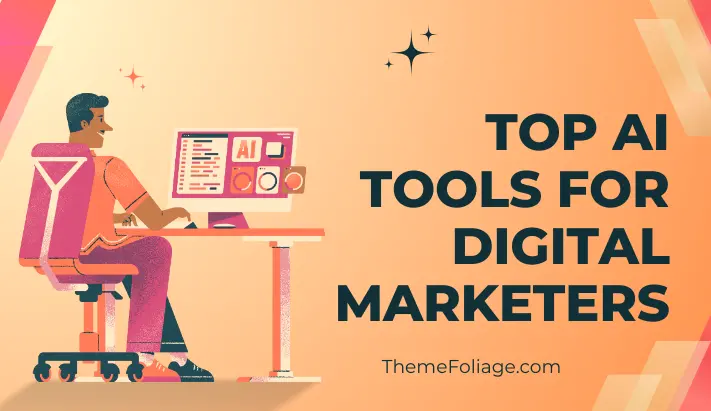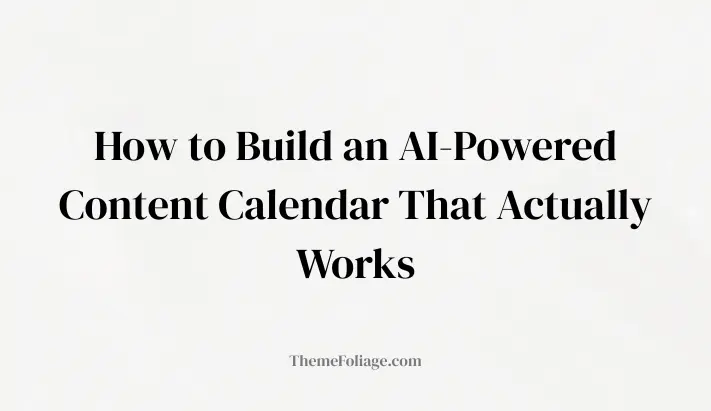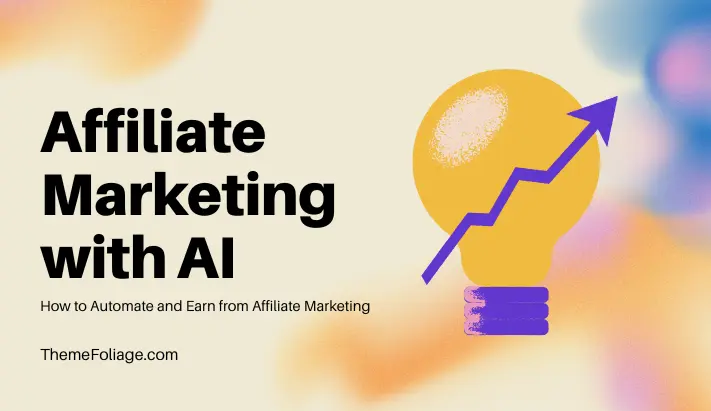In 2025, customer journeys are no longer straight lines. A single buyer might discover your brand on TikTok, research on Google, sign up for a webinar, and finally convert after a personalised email, all in different time zones and languages.
The challenge for marketers is clear: how do you orchestrate these fragmented touchpoints into a coherent, personalised experience?
The answer lies in AI-powered customer journey orchestration. Instead of static funnels, brands now deploy adaptive systems that predict intent, personalise content, and adjust in real time. Let’s explore how this works, why it matters, and how you can implement it globally.
From Campaigns to Conversations
Traditional marketing campaigns are rigid: you design a flow, push it live, and hope it resonates. AI flips this model.
By analysing behavioural signals, clicks, purchases, dwell time, even sentiment, AI predicts the next best action for each individual.
- A prospect hovering on a pricing page might get a chatbot nudge.
- A dormant subscriber could receive a reactivation offer at their preferred time of day.
- A loyal customer might be surprised with a personalised reward journey.
Instead of one-size-fits-all campaigns, you’re running millions of micro-journeys simultaneously.
The Core Building Blocks
- Real-Time Decisioning – AI engines decide in milliseconds which message, channel, or offer to serve.
- Cross-Channel Orchestration – Email, SMS, push, in-app, ads and web are synchronised into one flow.
- Predictive Modelling – Machine learning forecasts churn risk, purchase likelihood, or upsell potential.
- Localisation at Scale – Journeys adapt language, currency, and cultural nuance automatically.
- Continuous Optimisation – Reinforcement learning tests and refines flows without manual intervention.
Global Use Cases
- Onboarding: Adaptive welcome journeys that shorten time-to-value for SaaS or eCommerce.
- Cart Recovery: Multi-channel nudges triggered by abandonment, personalised by product and region.
- Upsell & Cross-Sell: Predictive recommendations delivered at the right lifecycle stage.
- Churn Prevention: AI detects disengagement and triggers reactivation campaigns before it’s too late.
- Loyalty Journeys: Tier-based experiences that celebrate milestones and encourage repeat purchases.
Implementation Blueprint
Think of orchestration as a three-phase rollout:
- Phase 1: Foundation
Centralise customer data into a CDP or warehouse. Map your current journeys and identify gaps. - Phase 2: Pilot
Launch one high-value journey (e.g., onboarding or cart recovery) with AI decisioning. Run holdout tests to measure incremental lift. - Phase 3: Scale
Expand to multiple journeys, add localisation layers, and integrate predictive scoring. Continuously retrain models with fresh data.
Measuring Success
The KPIs that matter most:
- Conversion rate uplift vs. control groups
- Retention and churn reduction
- Average order value and LTV growth
- Engagement metrics (open, click, dwell time)
- Incremental lift from orchestrated vs. siloed campaigns
Pitfalls to Avoid
- Over-engineering journeys with too many branches.
- Ignoring localisation—global audiences need cultural nuance.
- Relying on vanity metrics instead of incremental lift.
- Neglecting human oversight for tone, compliance, and brand voice.
Final Word
AI for customer journey orchestration is not about replacing marketers, it’s about amplifying them. By letting AI handle the complexity of timing, channel selection, and predictive modelling, you free your team to focus on creativity, storytelling, and strategy.
In 2025, the brands that win are those that make every interaction feel personal, timely, and relevant, no matter where in the world the customer is.



